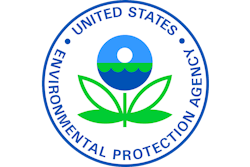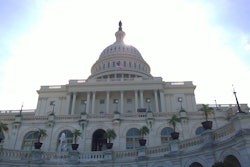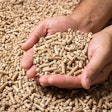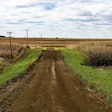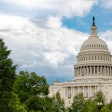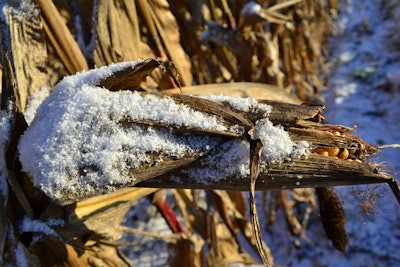
Today the EPA released the final Renewable Fuels Standard (RFS) rule setting blend levels for 2020. Included in the rule was a provision intended to fulfill President Donald Trump’s commitment to ensure blend levels are met by stopping demand destruction caused by small refinery exemptions (SREs). Unfortunately, the final rule fails to do this in a way that creates market certainty, instead leaving EPA leeway to undercut the RFS levels in the future.
“President Trump turned his back on certainty for farmers and failed to keep the September 12 deal,” stated Iowa Renewable Fuels Association (IRFA) Executive Director Monte Shaw. “Instead of certainty, we are essentially being told to trust the EPA to uphold the RFS in the future even though for the past three years the EPA has routinely undermined the program. Every farmer and biofuel supporter I have talked to is deeply disappointed, frustrated, and quite frankly angry. I don’t think the White House truly understands the depth of discontent in farm country.”
In order to remove EPA discretion from the process, biofuels supporters united behind a plan to account for SREs using a three-year rolling average of actual refinery exemptions granted. President Trump agreed to this plan in a September 12 Oval Office meeting with Midwestern elected officials, including Iowa’s Governor and Senators. Today, however, President Trump sided with EPA’s alternative plan which relies on using a three-year rolling average of U.S. Department of Energy (DOE) recommendations for SREs, which EPA has routinely ignored and is under no legal obligation to follow.
Shaw continued: “Under today’s rule, stated RFS levels will only be truly met if EPA adheres to DOE’s recommendations for SREs and does not grant additional SRE volumes as they have done in the past. Therefore, the market will not know for sure what the effective RFS blend levels are until after SREs are adjudicated months after a compliance year is over.”
Given the elevated impact of DOE’s recommendations going forward, today IRFA sent a letter to EPA asking the agency to shed light on the “black box” SRE review process.
“IRFA today called upon the EPA to immediately post DOE recommendations – past, present and future – on their SRE website dashboard,” stated Shaw. “Market participants must have faith in the process and must know whether or not EPA is following the DOE recommendations. Further, to prevent any entity from gaming the system, this information should be made public to all market participants at the same time. In just a few months, EPA will begin adjudicating the 2019 compliance year SREs. It will be their first opportunity to demonstrate good faith and we’ll be watching very, very closely.”
Click here to see IRFA’s full letter to the EPA.
While the focus during the past few weeks has been on accounting for SREs in the RFS rule, there were several other important provisions agreed to by President Trump during the September 12 meeting to help offset the demand destruction caused by SREs. President Trump committed the EPA to initiate a rulemaking process to streamline labeling and remove other barriers to the sale of E15. He also directed USDA to consider infrastructure projects to facilitate consumer access to higher biofuel blends.
“Accounting for SREs was just one facet of the deal President Trump made with our elected champions,” added Shaw. “And even as we believe today’s announcement falls short of a true SRE fix, we fully expect President Trump to live up to the remaining promises made on September 12. IRFA intends to work with our elected champions to ensure there is expeditious implementation of President Trump’s ‘giant package’ that includes improvements in E15 regulations and infrastructure funding.”
Shaw called upon all Iowans to thank the state’s elected officials for leading the effort to restore integrity to the RFS and to repair the economic harm done by SREs.
“While it was a multistate effort, Iowa’s elected officials were continuously at the forefront of the fight,” Shaw concluded. “Their dedication and effort during this fight was a credit to the hard work ethic made famous by the farmers they were supporting. This battle is over, but the war continues. And Iowans won’t stop fighting until the RFS is fully enforced and every consumer from coast to coast has access to ethanol and biodiesel blends.”
The Iowa Renewable Fuels Association represents the state’s liquid renewable fuels industry and works to foster its growth. Iowa is the nation’s leader in renewable fuels production with 43 ethanol refineries capable of producing over 4.5 billion gallons annually – including 34 million gallons of annual cellulosic ethanol production capacity – and 11 biodiesel facilities with the capacity to produce nearly 400 million gallons annually. For more information, visit the Iowa Renewable Fuels Association website at: www.IowaRFA.org.


